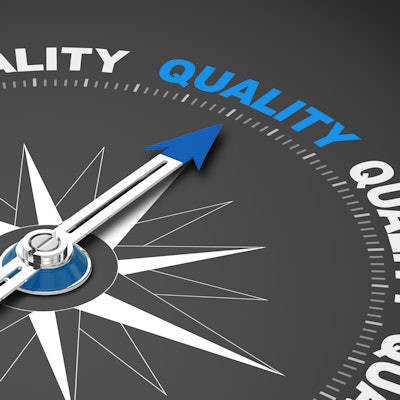
Interface engine software can enable radiologists to automatically receive clinical follow-up data on selected cases, facilitating self-assessment as well as evaluation of biopsy yield and concordance with imaging findings, according to research published online June 12 in the American Journal of Roentgenology.
Researchers from Rhode Island Hospital developed an interface engine that enables radiologists to flag their reports for follow-up and then later automatically receive an email with the radiology report and associated pathology, cytology, or endoscopy data. In clinical use, their method led to at least one automatic follow-up email in more than 90% of these flagged radiology reports. Over 90% of these emails were considered relevant.
"We anticipate that by facilitating radiologist engagement and self-assessment, use of this educational feedback algorithm can lead to improved patient care," wrote the authors led by Dr. Elizabeth Dibble.
To flag their reports for follow-up, radiologists were trained to manually include three characters -- <*> -- at the end of their reports dictated on version 1.5 of the PowerScribe speech recognition software (Nuance Communications). In addition, reports for certain studies -- such as abdominal or lung CT, breast MRI, and several types of ultrasound studies -- were automatically prepopulated with the three characters.
The researchers coded their institutional enterprise interface engine (Cloverleaf, Infor) to automatically detect radiology reports with those characters and then extract the patient's medical record number (MRN), the identity of the radiologist who read the study, and the name of the facility from which it originated. In addition, they also programmed other interfaces to find additional follow-up data from pathology, cytology, surgery, and endoscopy.
What's more, a separate interface engine process examines the saved MRN data daily; matches between a flagged report and follow-up data generate a HIPAA-compliant email to the requesting radiologist. These emails contain the original radiology report and one or more reports with follow-up.
The researchers then assessed the type and relevance of these emails in a retrospective study covering February 2013. They found that 265 accession numbers were associated with reports containing the three-character marker. Of these, 165 (62.3%) were related to the procedure and 37.7% were manually requested by the radiologist.
Overall, 243 (91.7%) of these reports generated an email containing follow-up data. A total of 418 emails were sent, 378 (90.4%) of which were judged to be relevant.
This approach enables radiologists to perform personalized self-assessment related to specific imaging studies and to create contemporary teaching files. It also supports correlation of findings across diagnostic fields, as well as monitoring of report accuracy and system usage, according to the researchers.
"In addition to evaluating diagnostic accuracy, proceduralists can use our system to assess yield and concordance with imaging findings and can prompt addition of concordance addenda to biopsy reports, which is done routinely by our breast imagers using a different tracking system but not routinely by other proceduralists," they wrote.




















